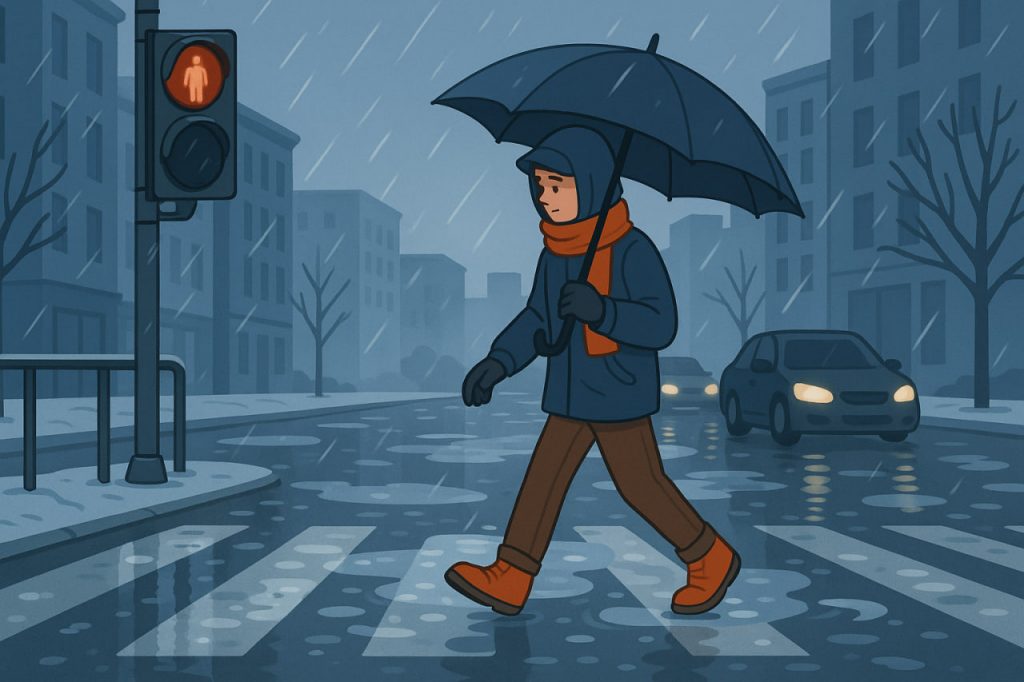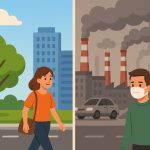When rain meets cold air, city streets can quickly turn from wet to icy, creating hidden dangers for pedestrians and drivers alike. After rainfall in chilly weather, sidewalks, bridges, and roads often become slick, while puddles conceal thin layers of ice or deep depressions. Knowing how to move, dress, and act safely during such conditions helps prevent injuries and accidents while keeping you warm and comfortable outdoors.
The Hidden Danger of Ice
After rain, temperatures that drop below freezing cause water on roads and pavements to solidify into black ice — a thin, nearly invisible layer of frozen moisture. It often forms overnight or in shaded areas that don’t dry quickly. Unlike snow, black ice doesn’t sparkle and can catch even the most cautious person by surprise. Extra care is required when crossing intersections, walking down stairs, or driving on bridges and overpasses.
Safe Walking Habits
To stay safe as a pedestrian, wear non-slip shoes or boots with textured soles that provide traction. Walk slowly and keep your center of gravity low — small steps are more stable than long strides. Avoid rushing, using your phone, or carrying heavy loads that throw off balance. Use handrails on stairs and ramps, and stay away from metal surfaces like manhole covers or grates, which freeze faster than pavement.
Road and Transport Safety
For drivers, braking distances increase dramatically on cold, wet roads. Reduce speed, avoid sudden maneuvers, and keep headlights on for visibility. Windshields may fog up quickly after rain, so make sure the defroster works properly. Public transport users should step carefully when boarding or leaving buses and trams — curbs and steps are often slippery right after rainfall.
Protecting Health
Cold, damp air can lower body temperature and weaken the immune system. Wear layers of clothing, including waterproof outerwear and warm accessories like hats and gloves. If your clothes get wet, change as soon as possible to avoid hypothermia. Breathing through a scarf helps warm and humidify the air, protecting your throat and lungs.
Home and Community Measures
At home, check that your building’s entrance paths are salted or sanded. Report dangerously icy spots to city services. Businesses and homeowners should keep sidewalks clean and safe for pedestrians. These small acts of responsibility reduce injuries across the community during winter conditions.
Interesting Facts
- Black ice is most common when the air temperature is between –1°C and +2°C, just around freezing.
- Up to 70% of winter pedestrian injuries occur within 24 hours after rainfall followed by a temperature drop.
- Bridges and overpasses freeze faster because cold air surrounds them from all sides.
Glossary
- Black ice — a thin, transparent layer of ice that forms on roads and sidewalks after rain.
- Traction — the grip between shoes or tires and a surface.
- Hypothermia — a dangerous drop in body temperature due to prolonged cold exposure.
- Defroster — a car system that removes condensation or frost from windows.
- Overpass — a raised roadway that freezes more quickly than ground-level streets.


